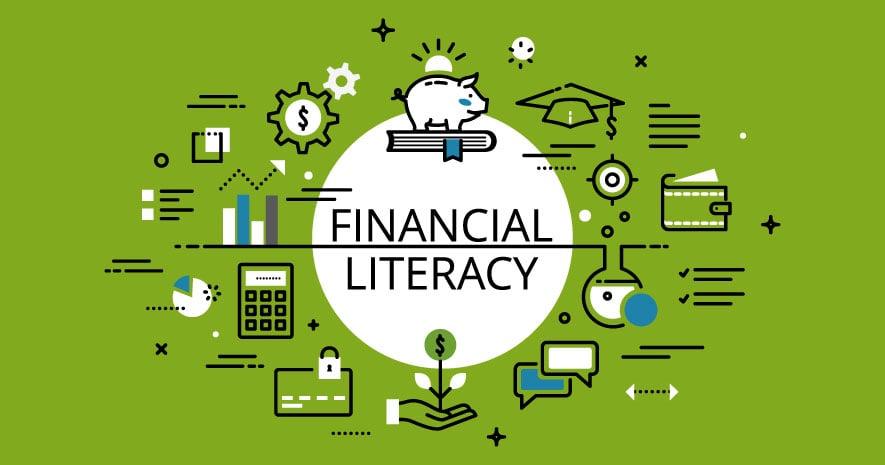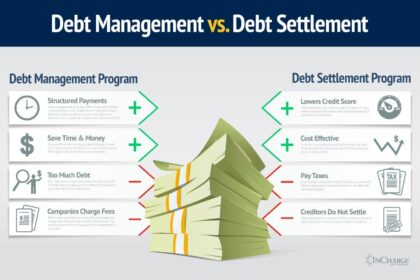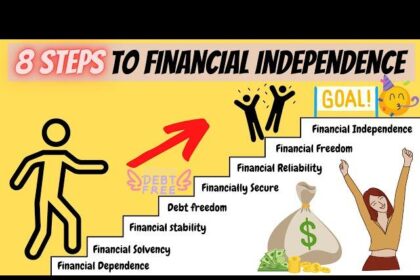In an era where financial landscapes shift as rapidly as the tides, the importance of financial literacy education has never been more pronounced. From the buzz of cryptocurrency to the intricacies of credit scores, navigating this complex world can feel akin to sailing through uncharted waters without a compass. Yet, the ability to decipher the language of money is a vital skill that empowers individuals to make informed decisions, plan for their futures, and secure their financial well-being.
As we delve into the significance of financial literacy education, we will explore its role in fostering a generation equipped to tackle economic challenges, the various methods employed to impart this knowledge, and the undeniable impact it has on communities. Whether you’re a student, a parent, or simply someone seeking greater financial empowerment, understanding the nuances of financial literacy is the key to unlocking a world of opportunities. Join us on this journey to uncover the transformative power of financial education and its potential to shape lives for the better.
Budgeting Tips
Creating and sticking to a budget is a fundamental skill that enhances financial literacy and promotes long-term economic stability. Here are some practical tips to help you get started:
- Track your income and expenses to understand your financial flow better.
- Set realistic spending limits based on your financial goals and needs.
- Prioritize savings by treating it as a non-negotiable monthly expense.
- Review and adjust your budget regularly to reflect changes in your income or spending habits.
- Use budgeting apps to simplify tracking and gain insights into your spending.
Visualizing your budget can significantly enhance your understanding of where your money goes. Consider using a simple table format to categorize your expenses:
| Category | Monthly Limit | Actual Spending |
|---|---|---|
| Housing | $1,200 | $1,150 |
| Groceries | $300 | $250 |
| Utilities | $150 | $120 |
| Transportation | $200 | $180 |
| Entertainment | $100 | $90 |
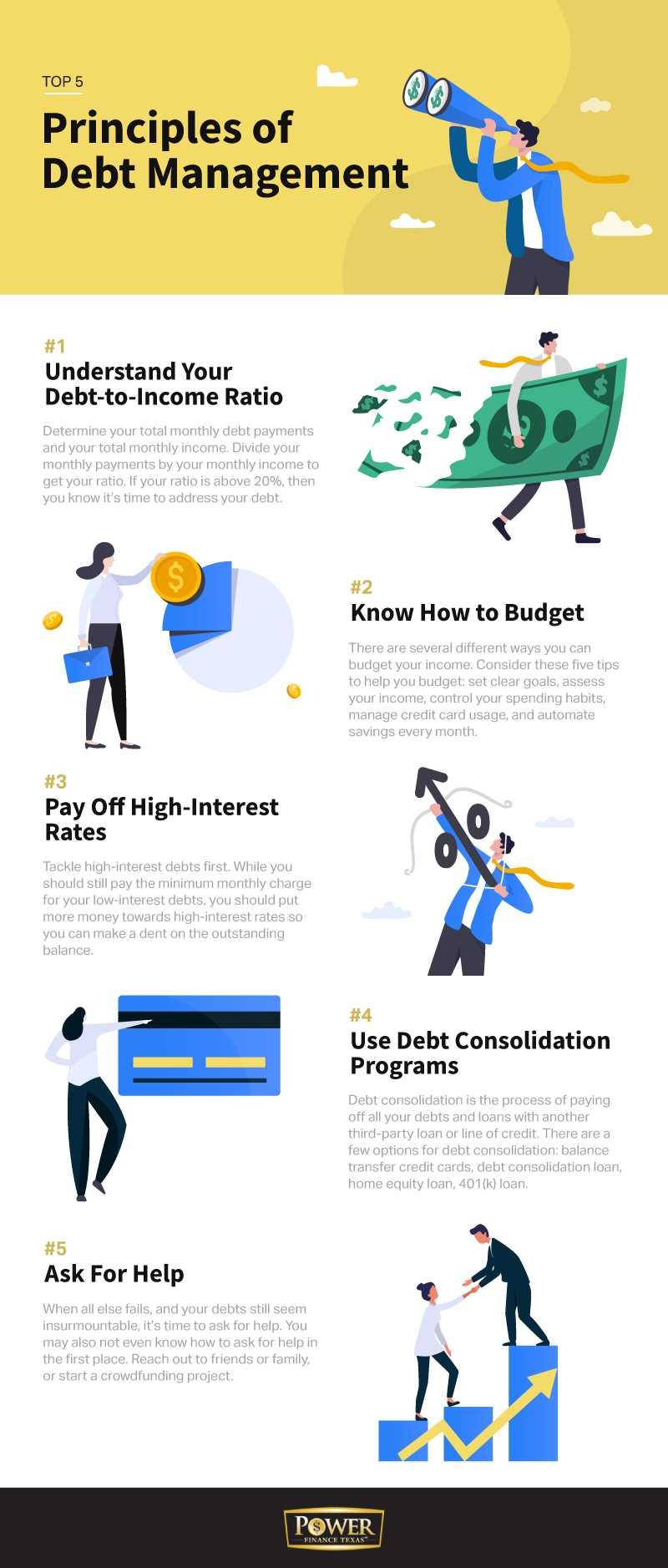
Debt Management
Understanding how to effectively manage debt is crucial for achieving financial stability. By developing a solid plan, individuals can not only navigate their current financial obligations but also pave the way for a more secure future. Here are some key strategies to consider:
- Create a Budget: Track income and expenses to identify areas where spending can be reduced.
- Prioritize Debts: Focus on paying off high-interest debts first, while making minimum payments on others.
- Consider Consolidation: Look into consolidating multiple debts into a single loan with a lower interest rate.
- Seek Professional Help: Consult with a financial advisor or credit counseling service for personalized advice.
To visualize how these strategies can evolve into a manageable action plan, consider the following table, which highlights sample debt repayment scenarios:
| Debt Type | Total Amount | Interest Rate | Monthly Payment |
|---|---|---|---|
| Credit Card | $5,000 | 18% | $250 |
| Personal Loan | $3,000 | 10% | $150 |
| Car Loan | $8,000 | 6% | $200 |

Saving for Retirement
Planning for the future is crucial, and setting aside funds for retirement can shape your financial security later in life. Start early; the earlier you begin saving, the more your money can grow thanks to compound interest. Embrace the power of diversification; consider a mix of retirement accounts such as a 401(k), IRA, or Roth IRA, each with its own tax benefits and rules. It’s equally important to regularly review and adjust your contributions based on changes in income or financial goals. By keeping an eye on your investments, you ensure your savings keep pace with inflation and market fluctuations.
Another effective strategy involves creating an automated savings plan. Consider the following tips for efficient saving:
- Set a monthly savings goal that aligns with your retirement timeline.
- Utilize employer matching contributions, if available, to maximize your savings.
- Reassess your budget annually to redirect funds towards your retirement account.
Here’s a simple comparison of common retirement accounts:
| Account Type | Taxation | Withdrawal Rules |
|---|---|---|
| 401(k) | Pre-tax contributions, taxed on withdrawal | Penalty for early withdrawal (before 59½) |
| Traditional IRA | Pre-tax contributions, taxed on withdrawal | Penalty for early withdrawal (before 59½) |
| Roth IRA | Post-tax contributions, tax-free on withdrawal | No penalties if criteria are met |

Emergency Fund Planning
Building a robust emergency fund is a cornerstone of effective financial management. An emergency fund acts as a safety net that protects you from unforeseen circumstances, such as job loss, medical emergencies, or unexpected home repairs. Key components to consider when establishing your emergency fund include:
- Target Amount: Aim to save 3 to 6 months’ worth of expenses.
- Accessibility: Keep your funds in a high-yield savings account for easy access.
- Regular Contributions: Set up automatic transfers to your fund to encourage consistent saving.
- Review and Adjust: Regularly assess your emergency fund to ensure it meets your evolving financial needs.
It’s crucial to distinguish between general savings and your emergency fund. The emergency fund should only be tapped for genuine emergencies to maintain its purpose. A helpful way to visualize your progress is with a savings tracker, which can motivate you to reach your goals:
| Month | Amount Saved | Total Fund |
|---|---|---|
| January | $500 | $500 |
| February | $300 | $800 |
| March | $400 | $1,200 |
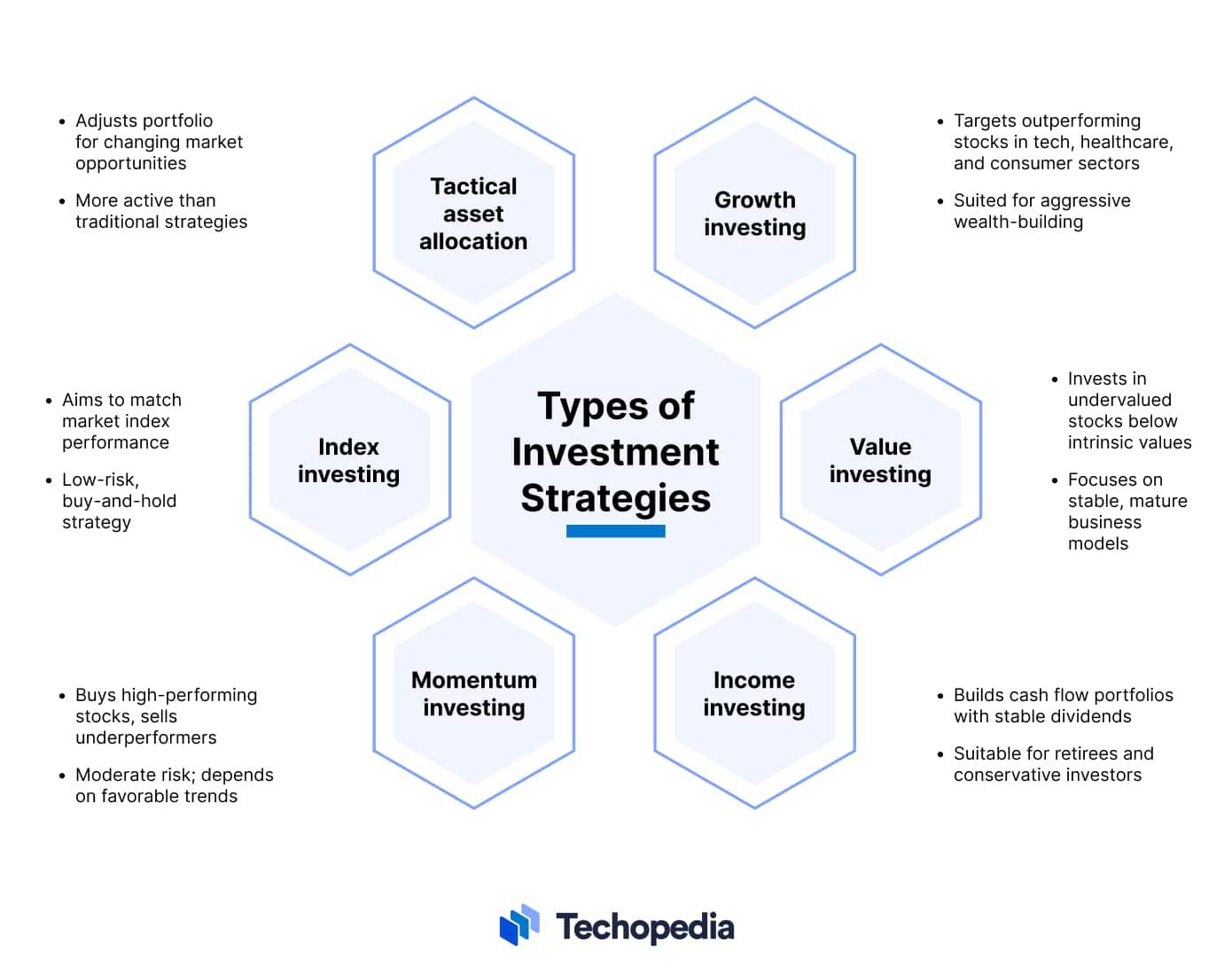
Investment Strategies
When it comes to building wealth, understanding various approaches to investing is crucial. A well-rounded portfolio can include a mixture of stocks, bonds, and real estate, each serving a different purpose in your overall financial strategy. Diversification mitigates risk and can help to achieve stable returns, so consider allocating resources across several sectors and asset classes. Some effective strategies include:
- Value Investing: Focus on undervalued stocks with strong fundamentals.
- Index Fund Investing: Invest in a broad market index to capture overall market returns.
- Dividend Growth Investing: Look for companies that pay increasing dividends over time.
- Robo-Advisors: Utilize automated investment services to streamline your investing process.
It’s essential to regularly assess your investment performance and adjust your strategy as needed. Understanding your financial objectives will guide your actions in the market, and recognizing the difference between short-term gains and long-term investments can influence your capacity for risk. To visualize different investment options and their potential outcomes, consider the following table highlighting some investment vehicles and their characteristics:
| Investment Vehicle | Risk Level | Time Horizon |
|---|---|---|
| Stocks | High | Long-Term |
| Bonds | Low to Medium | Medium to Long-Term |
| Mutual Funds | Medium | Long-Term |
| Real Estate | Medium | Long-Term |

Stock Market Investing
Investing in the stock market is a crucial aspect of financial literacy that empowers individuals to build wealth over time. By understanding the basic principles of stock market operations, investors can make informed decisions that align with their financial goals. Here are a few key components that every aspiring investor should consider:
- Research: Stay updated on market trends, company performance, and economic indicators.
- Diversification: Spread investments across various sectors to minimize risk.
- Long-term Perspective: Focus on gradual growth rather than quick gains; patience is key.
- Risk Management: Assess risk tolerance levels to inform investment strategies.
Incorporating these elements can lead to smarter investment choices. It is also important to familiarize oneself with different types of investment vehicles. Below is a simple comparison of popular options:
| Investment Type | Risk Level | Potential Return |
|---|---|---|
| Stocks | High | High |
| Bonds | Low to Medium | Medium |
| Mutual Funds | Medium | Medium to High |
| Index Funds | Medium | Medium to High |
By integrating knowledge of these investment types into your financial plan, you create a robust framework for wealth accumulation and long-term financial health. Cultivating financial literacy is an ongoing journey, which can ultimately lead to greater stability and confidence in your financial decisions.
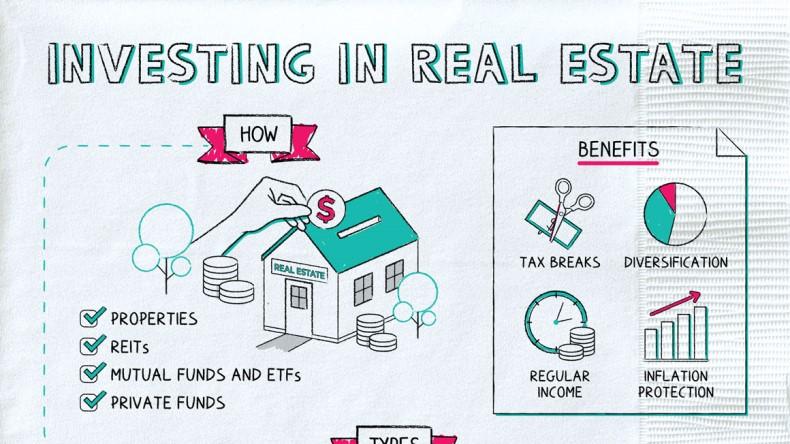
Real Estate Investment
Investing in real estate stands as a powerful avenue for individuals seeking to enhance their financial literacy and build lasting wealth. This sector allows you to diversify your investment portfolio while leveraging market dynamics to your advantage. Here are some key points to consider:
- Cash Flow: Rental properties can generate a steady stream of income, providing cash flow that can be reinvested or used for expenses.
- Appreciation: Real estate historically appreciates over time, often outpacing inflation and leading to increased equity.
- Tax Benefits: Many investors enjoy tax deductions for depreciation, mortgage interest, and operating expenses.
| Type of Investment | Potential Return | Risk Level |
|---|---|---|
| Residential Properties | Moderate to High | Medium |
| Commercial Properties | High | High |
| Trusts (REITs) | Moderate | Medium |
To fully grasp the intricacies of , it’s essential to educate oneself about market trends, property management, and financing options. Engaging in local real estate groups or attending workshops can significantly enhance one’s acumen. Consider these strategies as you explore this lucrative sector:
- Research Local Markets: Understanding neighborhood dynamics can reveal lucrative investment opportunities.
- Network with Professionals: Connecting with real estate agents, lenders, and experienced investors can provide valuable insights.
- Continuous Learning: Stay updated on market conditions, laws, and best practices in property management.
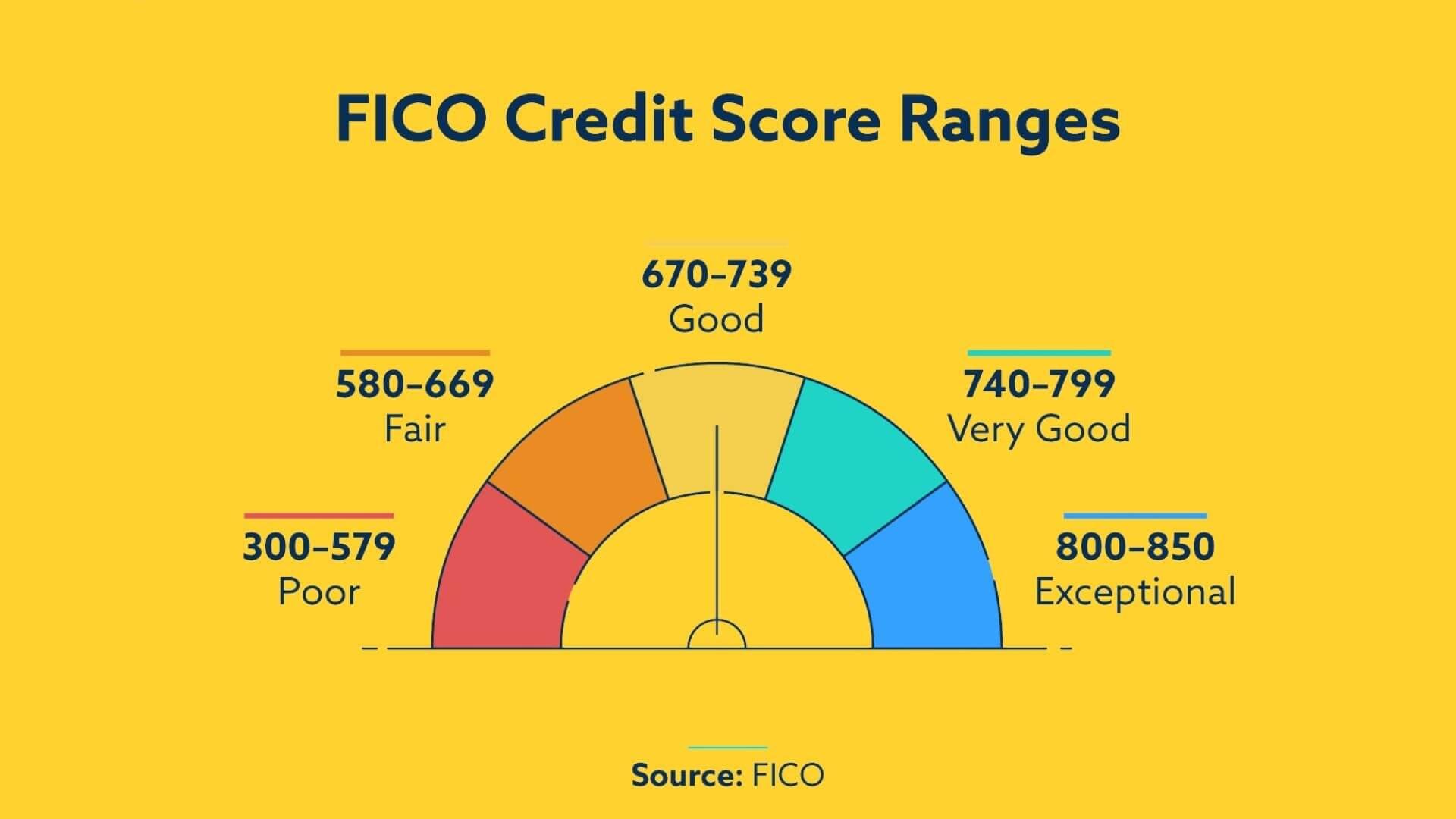
Credit Score Improvement
Improving your credit score can significantly impact your financial future, opening doors to lower interest rates and better opportunities. Understanding the key factors that contribute to a healthy credit score is essential for anyone looking to enhance their financial standing. Here are some effective strategies to consider:
- Pay Your Bills On Time: Timeliness is crucial; late payments can severely affect your credit score.
- Keep Credit Utilization Low: Aim to use less than 30% of your available credit limit.
- Regularly Check Your Credit Report: Monitoring your report can help identify errors or fraudulent activities.
- Diversify Your Credit Mix: A healthy variety of credit types (like loans, credit cards, etc.) can boost your score.
- Avoid Unnecessary Hard Inquiries: Too many applications for new credit in a short period may raise red flags.
To further guide your improvement journey, consider tracking your progress with a simple table to visualize changes in your credit score over time. Below is a snapshot of how your score may evolve with consistent effort:
| Month | Credit Score | Key Action Taken |
|---|---|---|
| January | 650 | Paid all bills on time |
| February | 660 | Reduced credit utilization |
| March | 670 | Corrected errors in report |
| April | 680 | Maintained diversified credit |

Financial Independence
Achieving is more than just accumulating wealth; it’s about creating a life where you have the freedom to make choices that align with your passions and values. It often begins with understanding how to manage your money effectively. By mastering the fundamentals of budgeting, saving, and investing, individuals can pave the way towards achieving their financial goals. Here are some key components that contribute to this journey:
- Budgeting: Keeping track of income and expenses to foster discipline.
- Saving: Prioritizing savings to build an emergency fund and future investments.
- Investing: Placing money in assets that generate returns over time, such as stocks or real estate.
Many people overlook the impact of financial literacy on their journey toward independence. Understanding concepts like compound interest and asset allocation can significantly accelerate wealth accumulation. By engaging in continuous learning and leveraging available resources, anyone can enhance their financial acumen. The following table illustrates the correlation between financial knowledge and long-term wealth accumulation:
| Financial Knowledge Level | Average Annual Return (%) |
|---|---|
| Basic Knowledge | 5 |
| Intermediate Knowledge | 8 |
| Advanced Knowledge | 12 |

Passive Income Streams
Exploring various avenues for generating passive income is a crucial aspect of achieving financial independence. Passive income allows individuals to earn money without active involvement, freeing up time for other endeavors. Some popular methods include:
- Real Estate Investments: Owning rental properties can provide a consistent cash flow.
- Dividend Stocks: Investing in stocks that pay dividends can lead to steady income over time.
- Peer-to-Peer Lending: This alternative investment allows you to lend money directly to others and earn interest.
- Content Creation: Blogs, YouTube channels, and e-books can generate continuous revenue through advertising or sales.
Each method presents its own unique set of challenges and rewards that demand careful consideration and research. To give you a clearer perspective on how these income streams compare, refer to the table below, which highlights the initial investment, potential returns, and average risk levels associated with different passive income sources.
| Income Stream | Initial Investment | Potential Returns | Risk Level |
|---|---|---|---|
| Real Estate | High | Moderate | Medium |
| Dividend Stocks | Medium | Moderate | Low to Medium |
| Peer-to-Peer Lending | Low | High | Medium |
| Content Creation | Low | Variable | Medium to High |

Tax Planning
Understanding is a vital component of financial literacy. It involves strategically managing your income, investments, and expenditures to maximize your tax benefits while complying with regulations. Many individuals overlook the significance of tax-efficient strategies, which can lead to unnecessary financial burdens. A solid tax plan can help you minimize your liabilities and potentially increase your savings. Consider the following approaches:
- Maximizing Deductions: Familiarize yourself with available deductions, such as education costs, medical expenses, and charitable donations.
- Utilizing Tax-Advantaged Accounts: Contribute to retirement accounts or Health Savings Accounts (HSAs) to reduce your taxable income while saving for the future.
- Keeping Accurate Records: Maintain organized documents to ensure you can support your claims during tax filing.
Moreover, having a proactive approach to can yield significant long-term advantages. For instance, tax-loss harvesting can be utilized within investment portfolios to offset capital gains and lower your overall tax burden. Additionally, understanding different tax brackets and their implications allows individuals to make more informed financial decisions. Below is a simple representation of common tax brackets for individuals:
| Income Range | Tax Rate |
|---|---|
| $0 – $9,950 | 10% |
| $9,951 – $40,525 | 12% |
| $40,526 – $86,375 | 22% |
| $86,376 – $164,925 | 24% |

Retirement Accounts (IRA, 401k)
When it comes to securing your financial future, understanding retirement accounts is essential. These accounts serve as tools designed to help you accumulate savings, provide tax advantages, and ensure you can maintain your lifestyle after leaving the workforce. Among the most commonly known are Individual Retirement Accounts (IRAs) and 401(k) plans offered by employers. Each type has distinct features suitable for various financial situations. For example, an IRA allows individuals to contribute income up to a certain limit, while a 401(k) often includes employer matching contributions, maximizing your retirement savings potential.
One of the most significant benefits of these retirement accounts lies in their tax advantages. Contributions to a traditional IRA or 401(k) may be tax-deductible, allowing your investments to grow tax-deferred until withdrawal. Conversely, Roth IRAs and Roth 401(k)s offer tax-free growth and tax-free withdrawals in retirement, provided certain conditions are met. To illustrate the differences, here’s a concise comparison:
| Account Type | Tax Treatment | Withdrawal Rules |
|---|---|---|
| Traditional IRA | Tax-deductible contributions | Taxed upon withdrawal |
| Roth IRA | No tax deduction | Tax-free if specific conditions met |
| 401(k) | Tax-deductible contributions | Taxed upon withdrawal |
| Roth 401(k) | No tax deduction | Tax-free if specific conditions met |
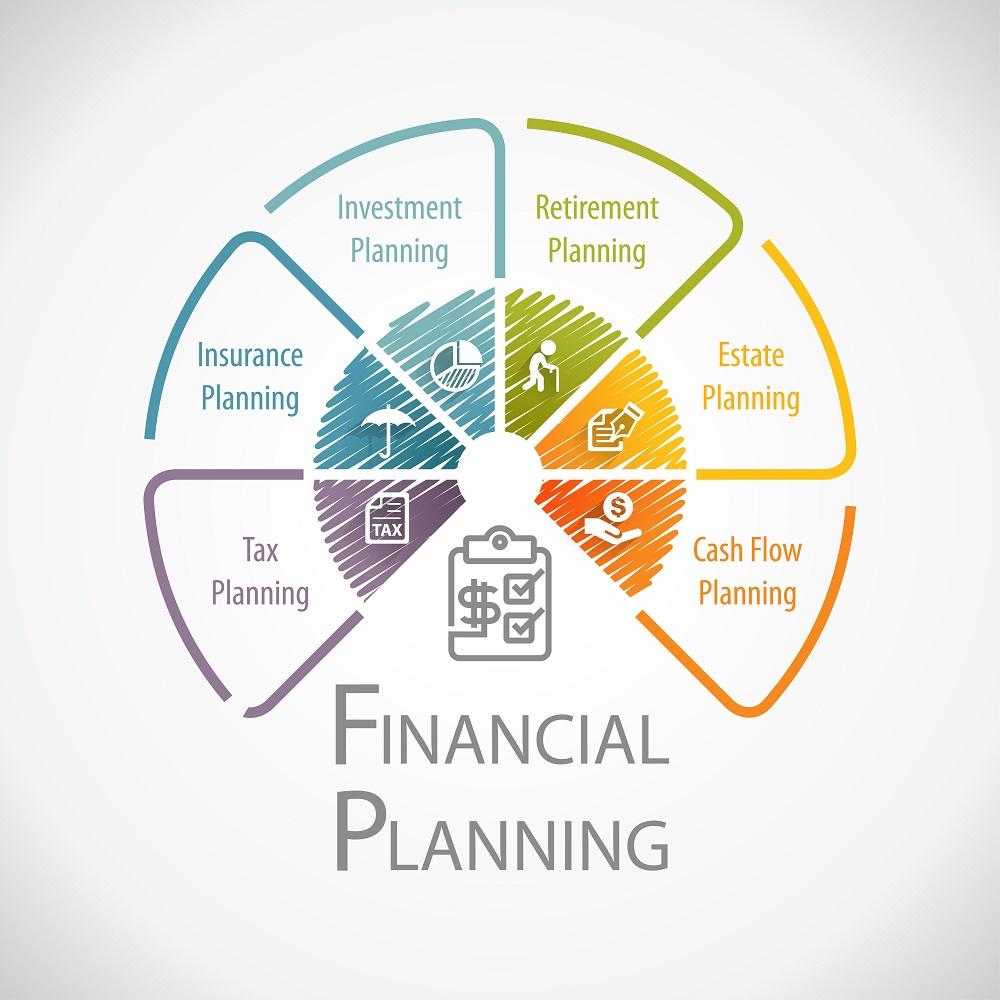
Financial Planning for Families
Empowering families with financial literacy is crucial for cultivating a secure financial future. Understanding the fundamentals of budgeting, saving, and investing allows family members to make informed decisions that align with their long-term goals. By integrating financial education into daily life, parents can instill important values and skills in their children, creating a ripple effect that benefits the entire family unit. Key areas to focus on include:
- Budgeting: Teaching how to create and adhere to a family budget.
- Saving: Highlighting the importance of setting aside funds for emergencies and future goals.
- Investing: Introducing basic concepts of investing to grow wealth over time.
Organizations and schools play a vital role in promoting financial literacy through workshops, classes, and resources tailored to families. Additionally, engaging activities such as family budgeting games or saving challenges can make the learning process enjoyable and interactive. Here’s a simple table illustrating how families can break down their monthly expenses to better understand their financial situation:
| Expense Category | Monthly Budget ($) |
|---|---|
| Housing | 1,200 |
| Food | 500 |
| Utilities | 300 |
| Transportation | 400 |
| Entertainment | 200 |

Personal Finance Apps
In today’s fast-paced world, managing personal finances has become easier than ever, thanks to a plethora of innovative apps designed to simplify budgeting, tracking expenses, and saving. These digital tools empower users to take control of their financial health by providing real-time insights and data at their fingertips. Whether you’re a seasoned investor or just starting to build your savings, the right app can provide tailored recommendations that align with your financial goals. Some popular options include:
- Mint: A comprehensive budgeting tool that helps users track spending and set financial goals.
- YNAB (You Need A Budget): Focuses on proactive budgeting by using the money you currently have.
- PocketGuard: Offers a simple way to manage finances by showing how much disposable income is available.
- Robinhood: A user-friendly platform for investing in stocks with zero commission.
Besides budget tracking, these applications often include features that promote financial literacy through educational content and community support. By engaging with built-in resources, users can expand their understanding of key concepts like interest rates, investments, and saving strategies. Consider a few of the ways these apps contribute to financial literacy:
| App Name | Features | Learning Tools |
|---|---|---|
| Mint | Budgeting, expense tracking | Financial tips, articles |
| YNAB | Proactive budgeting | Workshops, webinars |
| PocketGuard | Spend tracking | Financial goals and reminders |
| Robinhood | Investment options | Stock market basics articles |

Student Loan Repayment
Understanding the intricacies of is essential for maintaining financial health after graduation. Many graduates find themselves navigating through a maze of repayment options, interest rates, and deadlines. It’s crucial to familiarize oneself with terms such as grace periods, deferment, and forbearance. Knowledge of income-driven repayment plans can significantly ease the financial burden during the early stages of a career. Here are key points to consider:
- Types of Loans: Federal vs. Private
- Interest Rates: Fixed vs. Variable
- Repayment Plans: Standard, Graduated, and Extended
- Forgiveness Programs: Public Service Loan Forgiveness (PSLF)
To streamline the repayment process, creating a budget that includes all living expenses and loan payments is invaluable. This budget will help identify how much can be allocated towards loan repayment each month, allowing for a proactive approach rather than a reactive one. Here is a simple table outlining common repayment plans alongside their features:
| Repayment Plan | Monthly Payment | Duration | Interest Accumulation |
|---|---|---|---|
| Standard | Fixed | 10 years | Low |
| Graduated | Increases every 2 years | 10 years | Moderate |
| Extended | Fixed or Graduated | Up to 25 years | Higher |
| Income-Driven | Based on income | 20-25 years | Variable |

Debt-Free Journey
Embarking on a journey towards financial freedom is an endeavor that requires commitment and knowledge. By cultivating strong financial literacy, individuals can better understand the implications of debt, develop effective budgeting strategies, and enhance their decision-making skills. Key areas to focus on include:
- Understanding Credit Scores: Grasp the factors affecting your score and how it influences your borrowing power.
- Debt Management Techniques: Explore repayment methods like the snowball and avalanche strategies to tackle debt systematically.
- Emergency Funds: Build a safety net to avoid adding to debt in times of need.
- Investment Knowledge: Learn how to make your money work for you, rather than relying solely on credit.
A structured approach can streamline your journey towards being debt-free. Creating a personalized plan not only helps establish short-term goals but also fosters long-term financial wellness. It can be beneficial to track your progress using simple tools. Below is a basic outline of how to set achievable objectives:
| Goal Type | Action Step | Target Date |
|---|---|---|
| Pay Off Credit Card | Reduce spending and increase payments | 3 months |
| Build Emergency Fund | Set aside a fixed amount monthly | 6 months |
| Start Investing | Enroll in a basic investing course | 1 month |
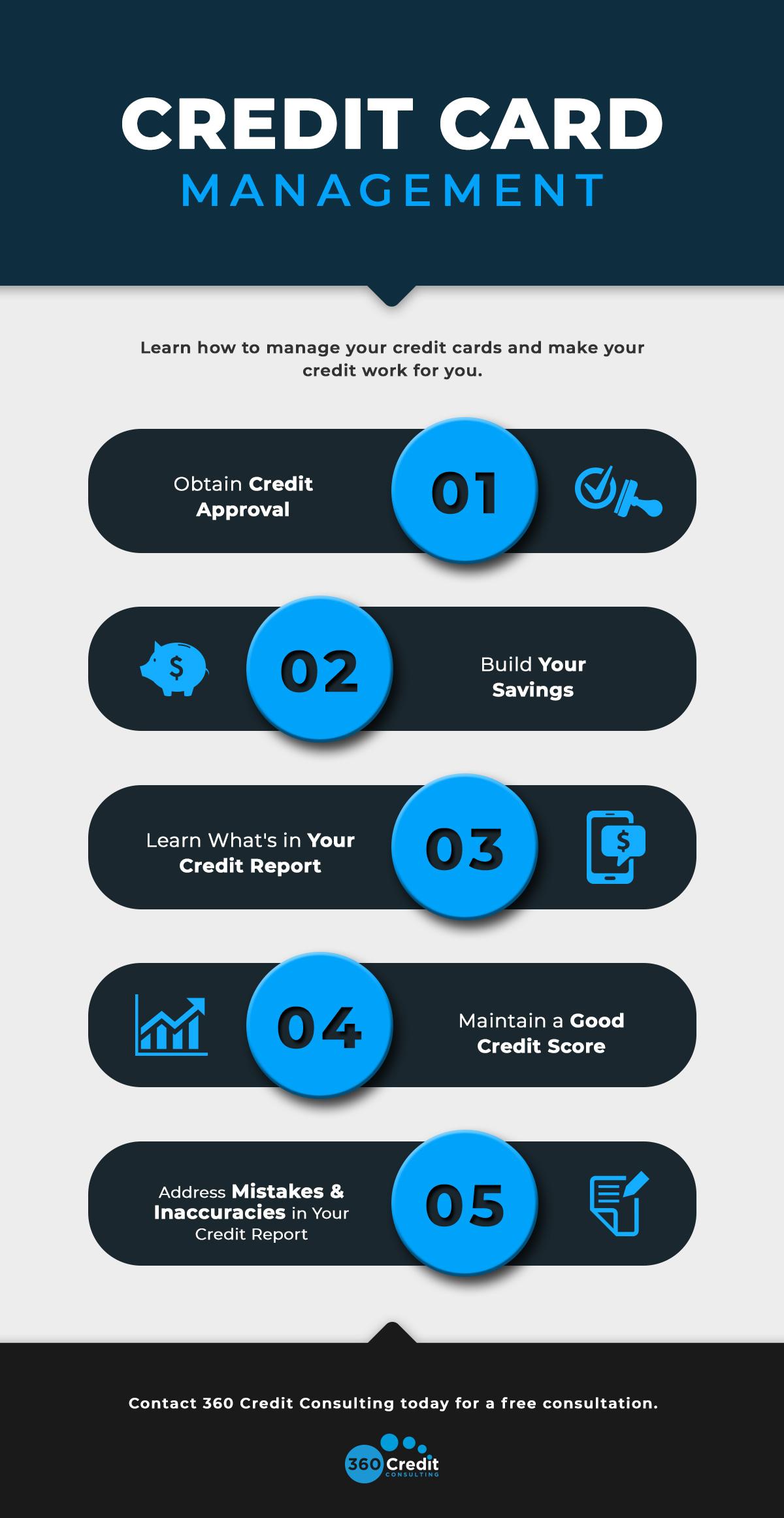
Credit Card Management
Understanding how to effectively manage your credit card is a cornerstone of financial literacy. With the right knowledge, you can maximize benefits while minimizing costs associated with credit card usage. Here are a few key strategies to keep in mind:
- Pay Your Balance in Full: Avoid interest charges by paying your balance each month.
- Know Your Limit: Stay within your credit limit to maintain a good credit score and avoid fees.
- Set Reminders: Use alarms or budgeting apps to remind you when payment is due.
- Monitor Your Spending: Regularly check your statements to track your expenditures and detect any unauthorized charges.
An organized approach can help you take control of your credit operations. Utilize tools such as budgeting spreadsheets or this simple table to categorize your card types and their associated benefits:
| Card Type | Cashback% | Annual Fee | Benefits |
|---|---|---|---|
| Rewards Card | 1.5% | $0 | Points on every purchase |
| Travel Card | 2% | $95 | Travel perks & no foreign transaction fees |
| Cashback Card | 5% | $0 | Higher cashback on certain categories |
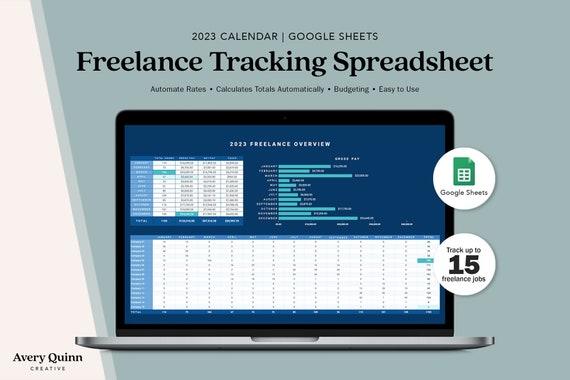
Budgeting for Freelancers
Freelancers often face unique challenges when it comes to managing their finances. Creating a flexible budget is essential for navigating fluctuating income and unexpected expenses. Here are some key strategies to consider:
- Track Your Income: Keep detailed records of every project and payment. This helps understand your financial trends over time.
- Separate Personal and Business Finances: Open a dedicated bank account for your freelance income. This simplifies budgeting and makes tax season much easier.
- Set Aside for Taxes: As a freelancer, taxes aren’t automatically deducted. Aim to save at least 25-30% of your income for tax obligations.
- Establish an Emergency Fund: Aim for at least three to six months’ worth of living expenses to prevent financial strain during lean periods.
Another effective approach is utilizing a simple spreadsheet or budgeting app to plan your finances. Begin by categorizing your expenses, which can typically include:
| Expense Category | Monthly Estimate |
|---|---|
| Rent/Mortgage | $1,200 |
| Utilities | $150 |
| Internet and Phone | $100 |
| Health Insurance | $300 |
| Professional Development | $50 |
By laying out your expenses and income clearly, you can make informed financial decisions that help sustain your freelance career in the long run. Remember to revisit and adjust your budget regularly to reflect any changes in your work or personal circumstances.

Frugal Living Tips
Embracing frugal living doesn’t mean sacrificing quality; it’s about making smarter choices that lead to financial freedom. Begin by tracking your expenses using simple tools like budgeting apps or even a classic notebook. By keeping a close eye on where your money goes, you can identify unnecessary expenditures and redirect those funds towards savings or debt repayment. Additionally, consider cooking at home instead of dining out. Meal prepping can significantly cut down food costs and reduce waste, allowing you to enjoy nutritious meals without breaking the bank.
Finding creative ways to save can also enhance your lifestyle. Look into thrift shopping for clothing and household items; not only will you save money, but you’ll also discover unique treasures that reflect your personal style. Engaging in local events and community activities provides affordable ways to socialize and explore new interests. Don’t underestimate the power of negotiation; whether it’s for bills or services, asking for a better rate can lead to substantial savings over time. Making these small shifts can effectively transform your financial landscape.

Side Hustles for Extra Income
Exploring additional income streams is a practical way to bolster your financial position. Feel free to tap into your hobbies and skills to create a side hustle that aligns with your passion. Here are a few ideas that not only offer extra cash but can also be enjoyable:
- Freelancing: Utilize your professional skills—writing, graphic design, or web development—on platforms like Fiverr or Upwork.
- Online Tutoring: Share your knowledge in subjects you excel at through tutoring platforms.
- E-commerce: Launch an online store and sell handmade goods, vintage items, or digital products.
- Skill Workshops: Turn your skills into workshops or classes, either online or in-person.
Many people turn to side hustles as a means of achieving financial goals, whether it’s paying off debt, saving for a big purchase, or simply adding some financial cushion. Consider the flexibility of gig economy jobs that allow you to work as much or as little as you want, fitting seamlessly into your existing schedule. A quick analysis of potential earnings can help you decide if a side hustle suits your circumstances:
| Side Hustle | Estimated Monthly Income |
|---|---|
| Freelancing | $500 – $3,000 |
| Online Tutoring | $200 – $1,500 |
| E-commerce | $300 – $2,000 |
| Skill Workshops | $100 – $1,000 |
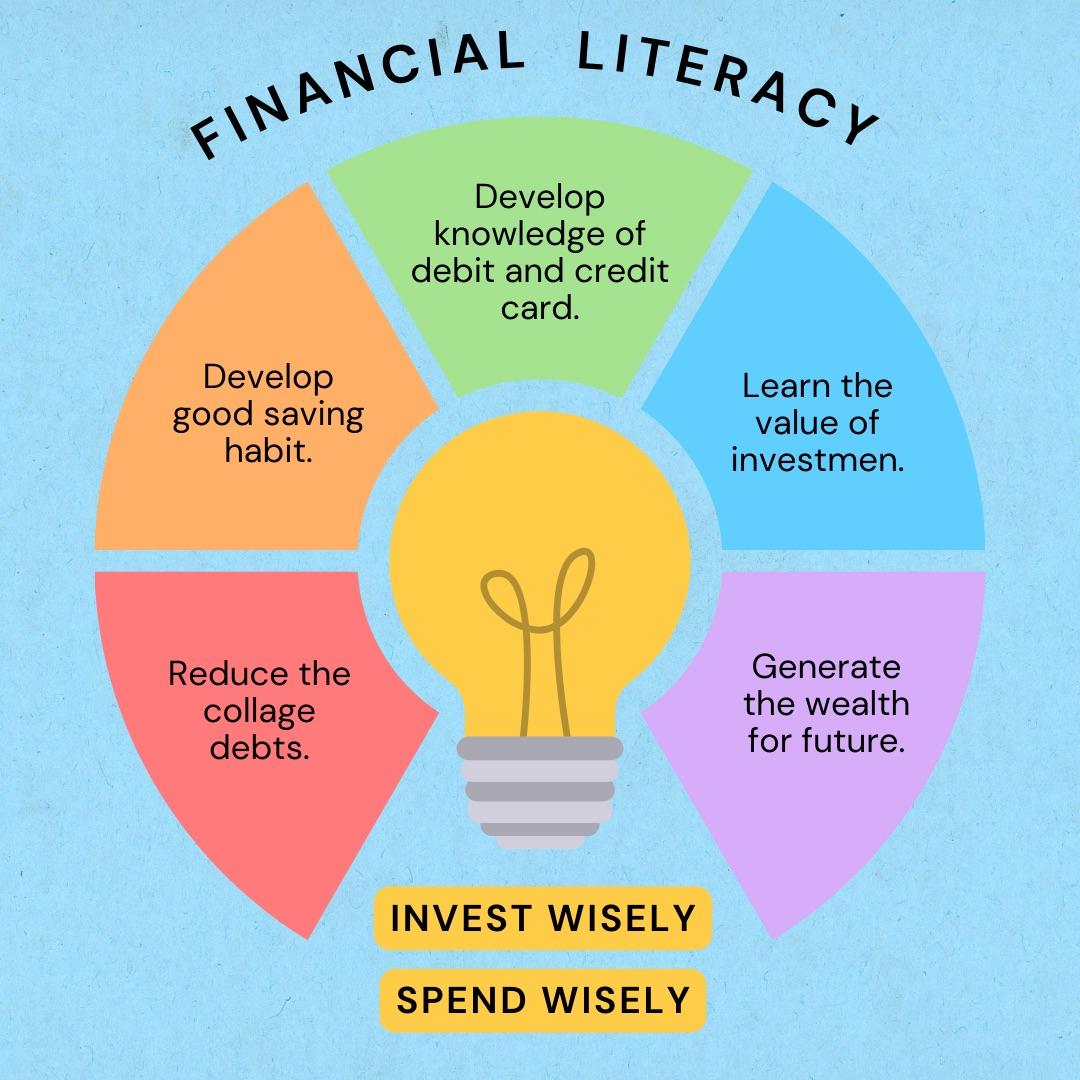
Financial Literacy Education
As the world becomes increasingly complex, equipping oneself with the necessary financial skills is crucial. Financial literacy stands as a pillar of informed decision-making, allowing individuals to navigate the intricacies of their financial landscape. By understanding basic financial concepts, everyone can gain the confidence to tackle various situations, including:
- Budgeting: Knowing how to allocate income effectively for savings and expenses.
- Investment: Grasping the principles of growing wealth through informed choices.
- Debt Management: Learning to handle loans and credit responsibly to avoid detrimental situations.
Integrating financial literacy into educational curricula is vital for fostering a financially savvy generation. Schools and communities must embrace innovative teaching methods that make finance engaging and relevant. This can be achieved through:
- Workshops: Hands-on activities that provide practical experience.
- Online Courses: Accessible knowledge through digital learning platforms.
- Real-life Simulations: Games that mimic financial situations, promoting active learning.
| Skill | Benefits |
|---|---|
| Saving | Build a safety net for emergencies. |
| Investing | Ensure long-term financial growth. |
| Planning | Create a roadmap for future goals. |
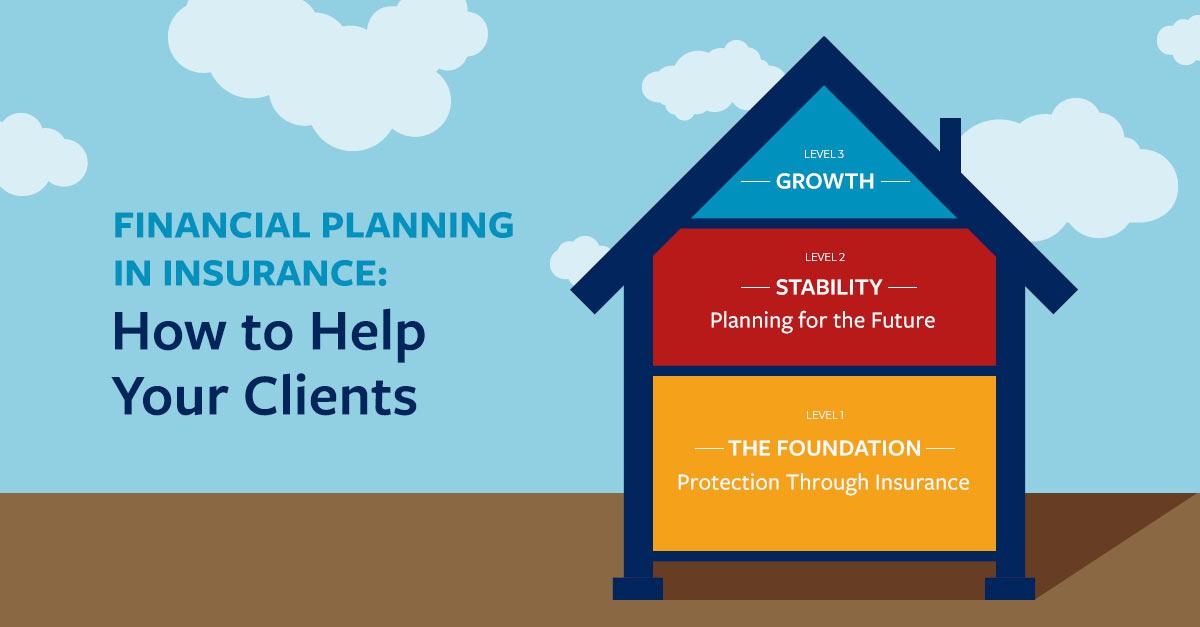
Insurance Planning
Effective is a cornerstone of prudent financial management. Understanding the various insurance products available and their importance helps individuals and families safeguard their assets against unforeseen risks. Proper coverage ensures you can maintain your lifestyle even in the face of adversity. Key considerations include:
- Assessment of Needs: Evaluate your current situation and the potential risks you face.
- Types of Insurance: Familiarize yourself with life, health, auto, and property insurance options.
- Policy Details: Understand coverage limits, exclusions, and deductibles to avoid unpleasant surprises.
A well-thought-out insurance strategy not only protects your financial future but also provides peace of mind. Regularly reviewing your policies and updating them as your circumstances change is essential. Consider creating a simple table to keep track of your insurance policies, their coverage details, and renewal dates:
| Policy Type | Provider | Coverage Amount | Renewal Date |
|---|---|---|---|
| Life Insurance | ABC Insurers | $500,000 | 01/2024 |
| Health Insurance | HealthCare Co. | Comprehensive | 06/2024 |
| Auto Insurance | DriveSafe Ltd. | $30,000 | 03/2025 |
| Homeowners Insurance | SecureHome | $300,000 | 12/2023 |

Long-Term Wealth Building
Building wealth over time involves more than just earning a high income; it requires strategic planning, disciplined saving, and a sound investment strategy. Understanding the principles of active and passive income can significantly affect your long-term financial health. Here are key concepts to consider:
- Compound Interest: The power of reinvesting earnings can dramatically increase wealth over time.
- Diversification: Spreading investments across various asset classes can reduce risk and enhance returns.
- Budgets and Cash Flow: Regularly tracking income and expenses helps identify saving opportunities.
Additionally, relies on the right mindset and approach to investment. Adopting a growth mindset and staying informed about economic changes can greatly impact financial decisions. Regular reviews of investment portfolios allow for adjustments as market conditions evolve. Consider the following strategies:
| Strategy | Description |
|---|---|
| SIP (Systematic Investment Plan) | Investing a fixed amount regularly can average costs and build discipline. |
| Emergency Fund | A financial buffer that provides stability in unforeseen circumstances. |
| Retirement Accounts | Tax-advantaged accounts (like IRAs or 401(k)s) facilitate long-term growth. |

Saving for College
When considering the expenses of higher education, starting a savings plan as early as possible can make a substantial difference. One effective way is to establish a 529 savings plan, specifically designed for education-related expenses. These plans not only allow your investments to grow tax-free, but they also provide flexibility, enabling you to withdraw funds for qualified expenses such as tuition, room and board, and other necessities without incurring taxes. Here are some beneficial strategies to keep in mind:
- Set a monthly savings goal based on expected college costs.
- Automate your contributions to simplify the saving process.
- Consider matching contributions from family to accelerate savings.
Furthermore, teaching your child about the importance of financial literacy and college savings can empower them in their future endeavors. Include them in the savings plan discussions and make it a collaborative effort. Discuss how scholarships, part-time jobs, and student loans can also play a role in financing their education. While saving is essential, it’s equally important to explore all financial avenues:
| Financial Aid Option | Description |
|---|---|
| Scholarships | Funds awarded based on academic or special talents, often requiring no repayment. |
| Grants | Need-based financial aid that does not need to be repaid. |
| Student Loans | Borrowed money for college that must be repaid, often with interest. |

Estate Planning
When it comes to managing your financial future, understanding the intricacies of is essential. This process not only involves distributing your assets after your passing but also encompasses a range of important decisions that can significantly affect your heirs. Key considerations in include:
- Wills – A legally binding document that outlines how your assets will be distributed.
- Trusts – An arrangement that allows a third party to hold assets on behalf of beneficiaries.
- Powers of Attorney – Designating someone to make financial or health care decisions on your behalf when you are unable to do so.
Moreover, financial literacy plays a crucial role in effective . A solid foundation in financial concepts allows individuals to approach their estate with clarity and foresight. To visualize this relationship, consider the following table that highlights how financial literacy impacts different aspects of :
| Aspect | Impact of Financial Literacy |
|---|---|
| Asset Valuation | Understanding market values ensures appropriate distribution. |
| Tax Implications | Knowledge of taxes minimizes liabilities for heirs. |
| Investment Strategies | Informed decisions can enhance asset growth over time. |
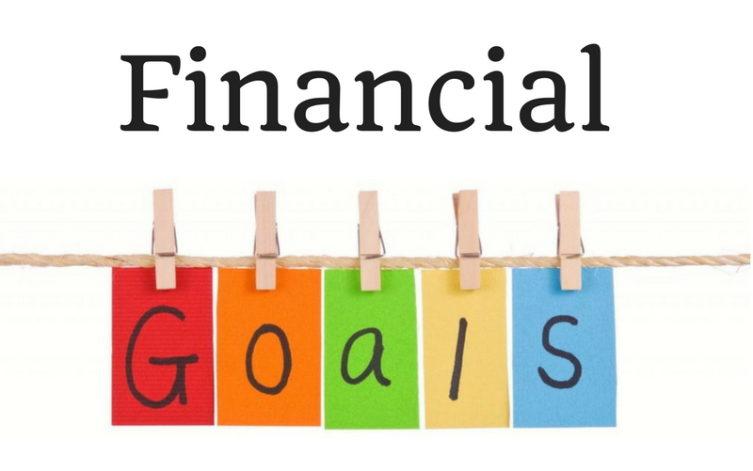
Financial Goals Setting
Setting clear and actionable financial goals is a crucial step toward achieving financial literacy and independence. To begin this process, it’s essential to identify what you truly want to accomplish financially. Consider the following aspects when setting your goals:
- Short-term Goals: These are achievable within a year, such as building an emergency fund or paying off a small debt.
- Medium-term Goals: Typically within one to five years, goals like saving for a vacation or a new car fall into this category.
- Long-term Goals: These include substantial aspirations, such as saving for retirement or buying a home.
Formulating SMART (Specific, Measurable, Achievable, Relevant, Time-bound) goals can significantly enhance your financial planning. Here’s how you can outline them:
| Goal Type | Description | Example |
|---|---|---|
| Short-term | Financial targets within a year | $1,000 emergency fund |
| Medium-term | Goals set for one to five years | Save $5,000 for travel |
| Long-term | Targets for five years or more | Retirement savings of $500,000 |
By categorizing your goals in this manner, you can create a structured roadmap to guide your financial decisions and track your progress effectively. Regularly reviewing and adjusting these goals as life circumstances change will also keep you on track toward financial success.

Money Management for Couples
Managing finances as a couple requires not only open communication but also a solid foundation of financial knowledge. By engaging in regular discussions about spending, saving, and budgeting, couples can align their financial goals and expectations. Here are some essential practices to consider for effective money management:
- Set Clear Goals: Define short-term and long-term financial goals together, ensuring that both partners have a vested interest.
- Create a Joint Budget: Craft a budget that accommodates shared expenses and individual spending, which reinforces accountability.
- Track Spending: Use apps or spreadsheets to monitor both joint and personal expenses, fostering transparency.
- Emergency Fund: Establish a mutual emergency fund to cover unexpected expenses without straining the relationship.
- Regular Check-Ins: Schedule monthly financial meetings to review goals, adjust budgets, and celebrate financial milestones.
To visualize your spending habits and the state of your finances, consider using a simple table. This will help you track your expenses and income more effectively:
| Category | Monthly Budget | Actual Spending |
|---|---|---|
| Housing | $1,200 | $1,150 |
| Groceries | $400 | $450 |
| Utilities | $300 | $280 |
| Entertainment | $200 | $250 |
| Savings | $500 | $500 |

Family Budgeting
Creating a family budget is not just about tracking expenses; it’s about fostering a culture of financial awareness among family members. To effectively manage household finances, begin by identifying and categorizing your income and expenditures. This process lays the foundation for healthy financial habits. Consider incorporating the following key components into your budgeting strategy:
- Income Sources: Include all sources such as salaries, freelance work, and passive income.
- Fixed Expenses: List regular payments like rent, utilities, and insurance.
- Variable Expenses: Account for groceries, entertainment, and transportation costs.
- Savings Goals: Set aside funds for emergencies, vacations, and future purchases.
Tracking your budget is crucial for maintaining financial health. Implement a monthly review process to assess spending and saving patterns. To simplify this analysis, a straightforward table can help visualize your financial landscape:
| Category | Monthly Budget | Actual Spending | Difference |
|---|---|---|---|
| Housing | $1,200 | $1,150 | $50 |
| Groceries | $600 | $650 | -$50 |
| Utilities | $300 | $280 | $20 |
| Entertainment | $200 | $250 | -$50 |
This approach not only aids in understanding where your money is going but also highlights opportunities for adjustments. Encourage family members to participate in this process, making budgeting a joint effort that instills responsibility and discipline in financial management.
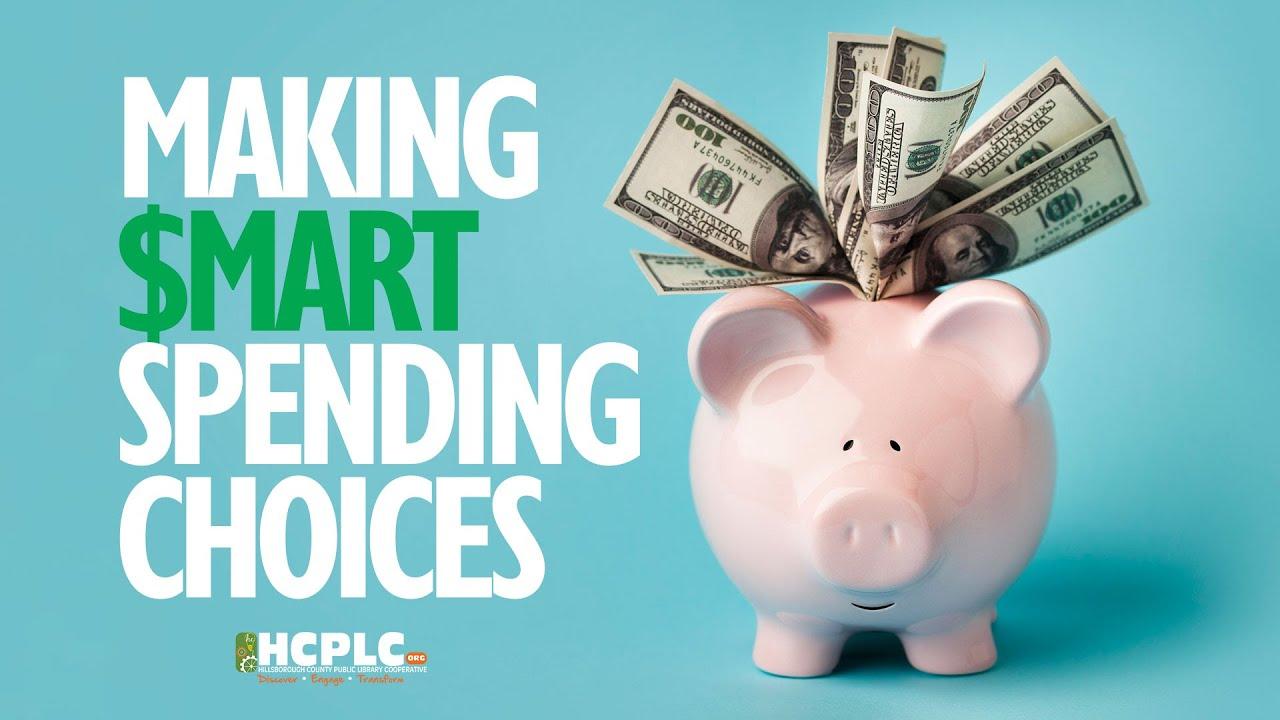
Smart Spending Habits
Developing is crucial for achieving financial stability and success. By understanding the difference between needs and wants, individuals can prioritize their expenditures effectively. Here are a few strategies to consider:
- Create a budget: Outline your monthly income and expenses to identify areas where you can save.
- Track your spending: Regularly monitor your transactions to understand spending patterns and curb unnecessary expenses.
- Set financial goals: Establish short-term and long-term financial objectives to stay motivated and focused on your spending habits.
Another key to maintaining smart spending practices is embracing the concept of delayed gratification. Before making a purchase, consider the following questions:
| Question | Purpose |
|---|---|
| Do I need this? | Helps differentiate between essential needs and luxury wants. |
| Can I afford it? | Ensures you stay within your budget and do not incur debt. |
| Will this bring me long-term value? | Encourages mindful spending, focusing on items that enhance your life. |

Personal Finance for Millennials
Mastering the essentials of finance is more crucial than ever for millennials navigating a rapidly changing economic landscape. Understanding key financial concepts empowers individuals to make informed decisions regarding their savings, investments, and expenditures. Here are some fundamental topics that should be prioritized in any financial literacy education:
- Budgeting: Learn how to create and stick to a budget to manage expenses effectively.
- Credit Scores: Understand the factors that affect your credit score and why it matters.
- Investing Basics: Familiarize yourself with different investment vehicles and the importance of starting early.
- Debt Management: Explore strategies for managing and paying off student loans and credit card debt.
Hand-in-hand with these topics, practical skills play a vital role in fostering financial independence. A solid foundation includes understanding how to navigate bank accounts, loans, and retirement plans. Consider organizing educational workshops or utilizing online resources that provide access to financial simulations and tools:
| Resource | Description | Benefit |
|---|---|---|
| Local Workshops | In-person discussions on personal finance topics. | Networking with peers and experts. |
| Finance Apps | Tools for budgeting and tracking expenses. | Convenience and real-time data analysis. |
| Online Courses | Structured learning on financial literacy. | Flexible scheduling and varied topics. |

Wealth Preservation Strategies
In today’s dynamic financial landscape, implementing effective strategies for preserving wealth is essential for long-term stability and growth. Individuals can start by diversifying their investment portfolios, which spreads risk across various asset classes. Consider the following strategies:
- Real Estate Investments: Tangible assets that often appreciate over time.
- Precious Metals: Gold and silver can act as a hedge against market volatility.
- Retirement Accounts: Tax-advantaged accounts to secure future income.
- Insurance Products: Policies that not only protect assets but also grow value over time.
It’s also crucial to recognize the impact of inflation and to have a defensive strategy in place. As living costs rise, preserving the purchasing power of your wealth becomes imperative. Here are a few supplementary tactics:
| Strategy | Benefit |
|---|---|
| Investing in Stocks | Potential for high returns over time |
| Index Funds | Low fees and broad market exposure |
| Emergency Fund | Liquidity during unforeseen events |
| Regular Financial Reviews | Adapting strategies to current economic conditions |
To Conclude
As we navigate the ever-evolving landscape of finance, the importance of financial literacy education stands out as a beacon of empowerment. It’s a tool that not only equips individuals with the knowledge to make informed financial decisions but also fosters a sense of confidence that transcends generations. By investing in our understanding of money management, budgeting, investing, and saving, we build not just personal wealth but a foundation for future prosperity.
In an age where financial systems grow more complex and opportunities for financial missteps abound, embracing financial literacy is not just beneficial—it’s essential. As we close this discussion, let us remember that the journey to financial competence is ongoing. Each step taken toward education enriches not only our own lives but also the communities we are part of. Let’s champion the cause of financial literacy, ensuring a brighter and more informed future for all. After all, knowledge is the most valuable currency we can possess.


